The importance of audio connectivity in today's home entertainment systems cannot be emphasized. Whether you're a movie buff, a gamer, or a music fan, the quality of your audio can greatly impact your whole experience.
The soundtrack enhances the images, transports you to virtual realms of games, and brings your favorite music to life. That is why selecting the proper audio connection technique is critical.
In this post, we'll look at two of the most common audio connection methods: optical vs HDMI ARC. Optical connections have long been a standard in home theater and audio systems, whereas HDMI ARC is a relatively new addition.
We'll explore these two possibilities, highlighting their benefits and drawbacks and assisting you in making an informed selection.
Join us as we examine the five fundamental distinctions between optical and HDMI ARC connections, allowing you to complete your home entertainment system according to your unique needs and tastes.
Understanding of HDMI ARC
HDMI ARC, or High-Definition Multimedia Interface Audio Return Channel, is a function included in HDMI cables and ports that helps to simplify audio connections in home entertainment systems.
In contrast to regular HDMI connections, which primarily carry audio and video from source devices such as Blu-ray players or game consoles to a television, HDMI ARC enables bi-directional communication between the TV and other audio devices.
This implies that with an HDMI ARC-compatible configuration, you can send audio from your TV to external sound systems or soundbars and vice versa, removing the need for extra audio cables and simplifying the overall setup.
HDMI ARC is handy in current home theaters since it allows audio to be routed through a single HDMI cable, eliminating cable clutter and making the overall setup more elegant and user-friendly.
This function also supports control synchronization, which means that when you change the level on your TV, the connected audio system responds in kind, providing a seamless and integrated audio experience.
HDMI ARC is a significant development in audio communication that simplifies and improves the audio quality of home entertainment systems.
Understanding of Optical
Optical, often known as TOSLINK or S/PDIF (Sony/Philips Digital Interface), is a popular digital audio connection technique in home entertainment systems. It works by sending audio signals as light pulses through a fiber optic line.
This optical link has the particular advantage of being resistant to electrical interference, such as electromagnetic or radio frequency interference, which can occasionally plague analog connections.
Optical cables are distinguished by their unique square-shaped connectors and can be found on a wide range of audio devices such as DVD and Blu-ray players, gaming consoles, soundbars, and home theater receivers.
They send audio in a digital format that can contain multichannel surround sound, making them ideal for immersive audio experiences in movies and games.
Optical is remarkable for its simplicity and versatility. It's simple to set up, and because it uses light signals rather than electrical currents, it's not susceptible to ground loop problems.
It is crucial to note, however, that Optical does not enable the bidirectional data transfer and advanced control functions present in HDMI ARC, which limits its functionality in various home theater installations.
Optical, on the other hand, remains a dependable and extensively used alternative for delivering high-quality digital audio across devices in a variety of audio and home theater settings.
Optical vs HDMI ARC: 5 Differences Between Them
There are five important distinctions between Optical and HDMI ARC that can substantially affect your audio experience in current home entertainment setups.
First: Optical cable transmits audio as light pulses through a fiber optic cable, ensuring a clean, interference-free signal. HDMI ARC, on the other hand, uses ordinary HDMI cables, which are adaptable but may be subject to interference.
Second: In terms of audio quality, HDMI ARC has the upper hand. Higher bandwidth allows for lossless audio formats such as Dolby True HD and DTS-HD Master Audio, whereas optical typically offers compressed audio formats such as Dolby Digital and DTS. This can make a significant impact on audio quality.
Third: HDMI ARC often provides additional audio channels, making it appropriate for complicated surround sound systems. It is excellent for multi-channel audio, whereas optical has fewer channels.
Fourth: Compatibility and Devices: HDMI ARC is becoming more ubiquitous, and may be found on many new televisions and audio devices. Optical is still commonly utilized, however, it may be less readily available on modern systems.
Fifth: Additional capabilities and Future-Proofing: HDMI ARC includes additional capabilities such as CEC (Consumer Electronics Control) enabling device control with a single remote and the ability to update firmware.
It's also more future-proof because it can transmit higher-quality audio formats and supports upcoming technologies.
Optical vs HDMI ARC: Which One You Need?
The decision between HDMI ARC and Optical is heavily influenced by your personal home entertainment setup and tastes. HDMI ARC has various features that make it the superior option for many users.
It has a higher bandwidth, which allows for better audio quality, particularly with lossless audio formats like Dolby True HD and DTS-HD Master Audio. It also supports more audio channels, which is essential for complicated surround sound systems.
The adaptability and bidirectional capabilities of HDMI ARC make connections between your TV and soundbar or receiver easier, providing a more seamless and integrated experience. Furthermore, HDMI ARC frequently includes capabilities such as CEC (Consumer Electronics Control) for faster device control.
For example, Arylic H50 Airplay2 Amplifier with HDMI ARC is a great choice for you to connect your TV set.
Optical, on the other hand, has its advantages. It is still a dependable alternative, especially if you have older equipment or prefer a minimalist setup.
The resistance of optical to electrical interference and ground loop problems enables a clean and reliable audio signal. It can nevertheless provide good sound quality, especially if your audio needs do not necessitate the most advanced formats.
The decision is ultimately determined by your equipment, preferences, and audio priorities. HDMI ARC is the way to go if you have a current, high-end home theater system and want the highest audio quality and simplicity.
Optical, on the other hand, may be appropriate if you have legacy equipment or a simpler audio system and value simplicity and durability.
In many circumstances, users find that combining both connections in their configuration provides the most versatile solution, with HDMI ARC serving as the primary audio link and Optical serving as a secondary connection or backup option.
Final Thoughts
As you can see, HDMI ARC and Optical are not the same thing. If you want the highest audio quality, an HDMI ARC is the best solution. It's really convenient, simple, and easy to set up.
It works on all devices and supports all audio formats. Furthermore, it might assist you in avoiding clutter and tangled cords.
Furthermore, optical cables provide good sound quality. They are a superior long-term choice because they are impervious to interference. They are also useful for transmitting audio signals over extended distances. Choosing the right cable depends on what you're looking for.


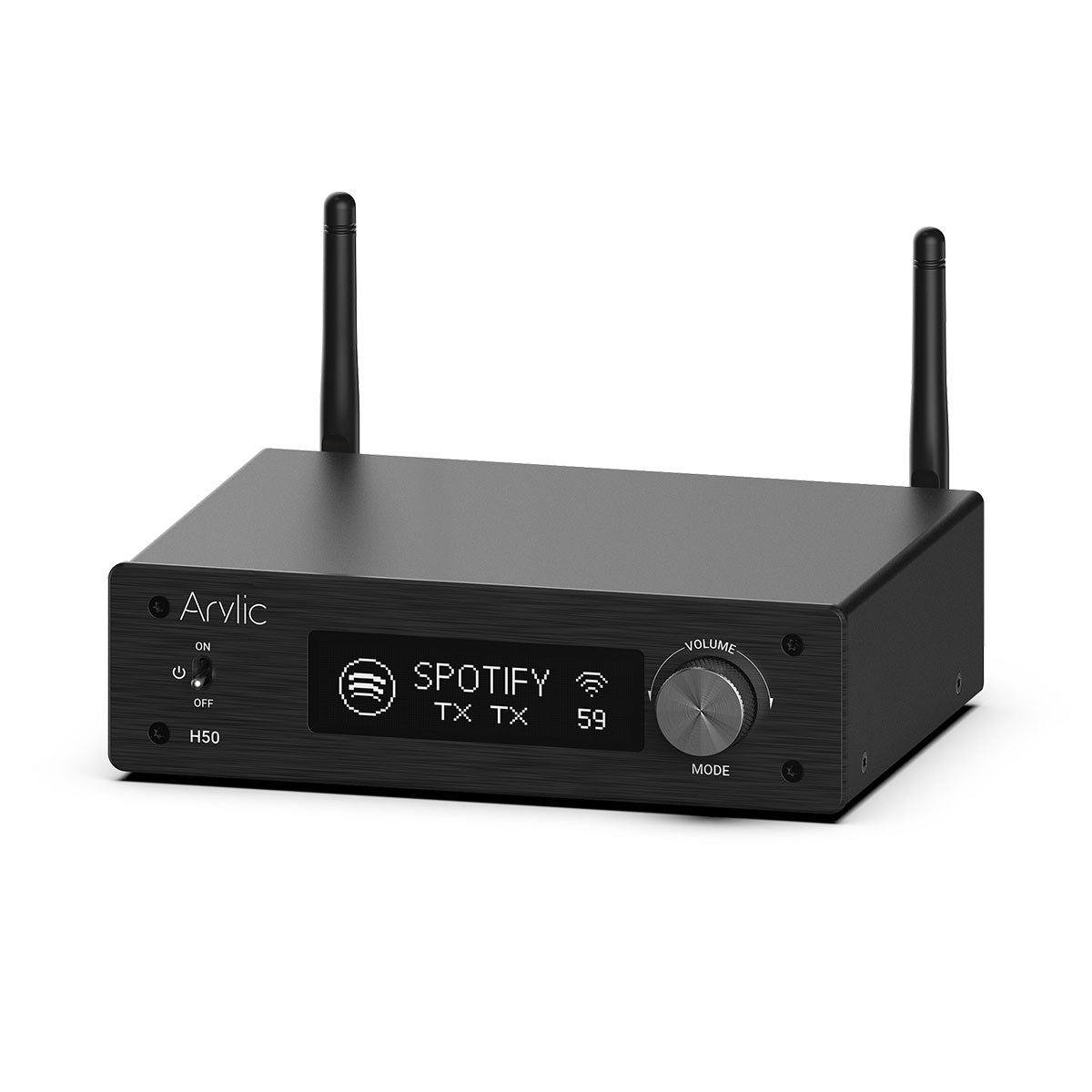
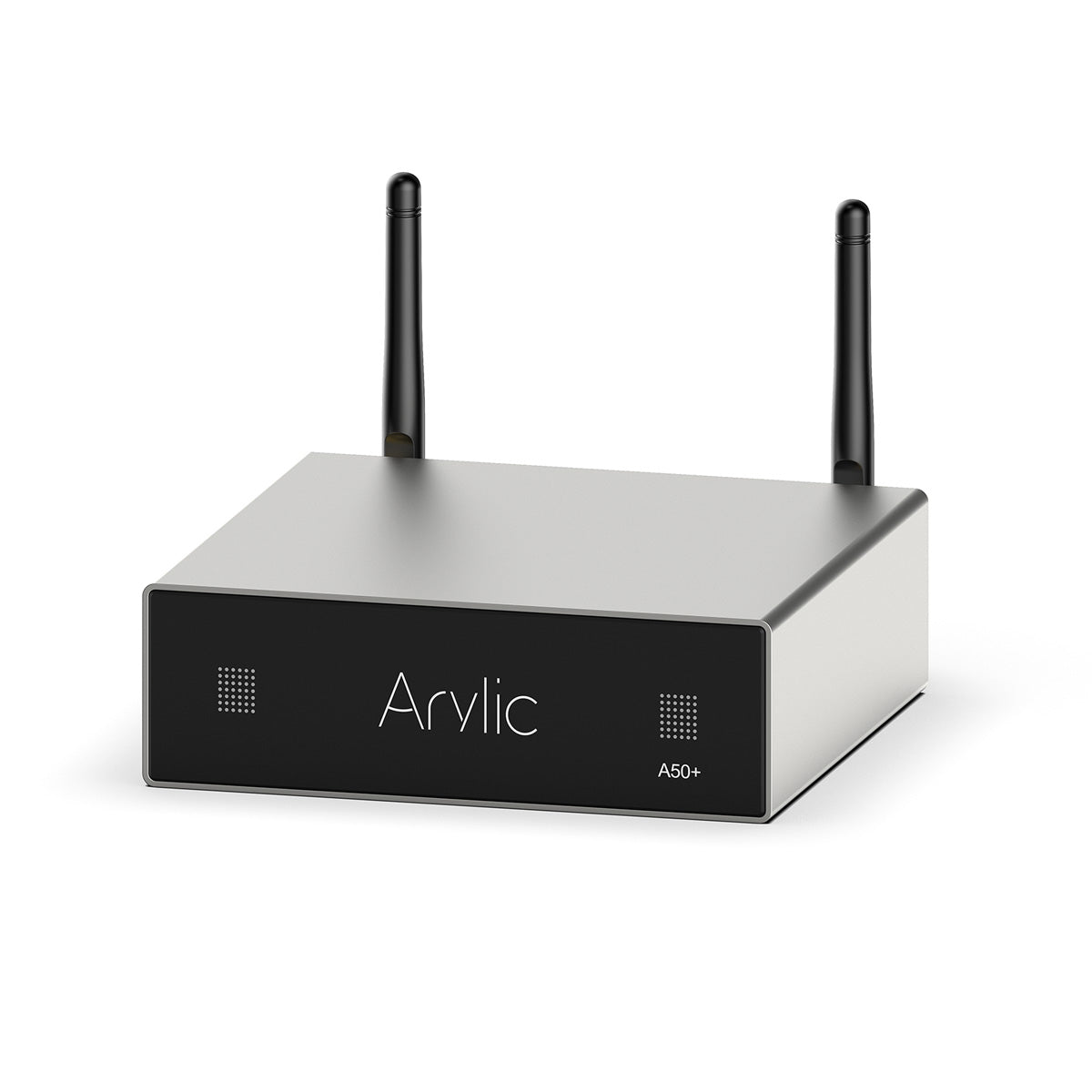
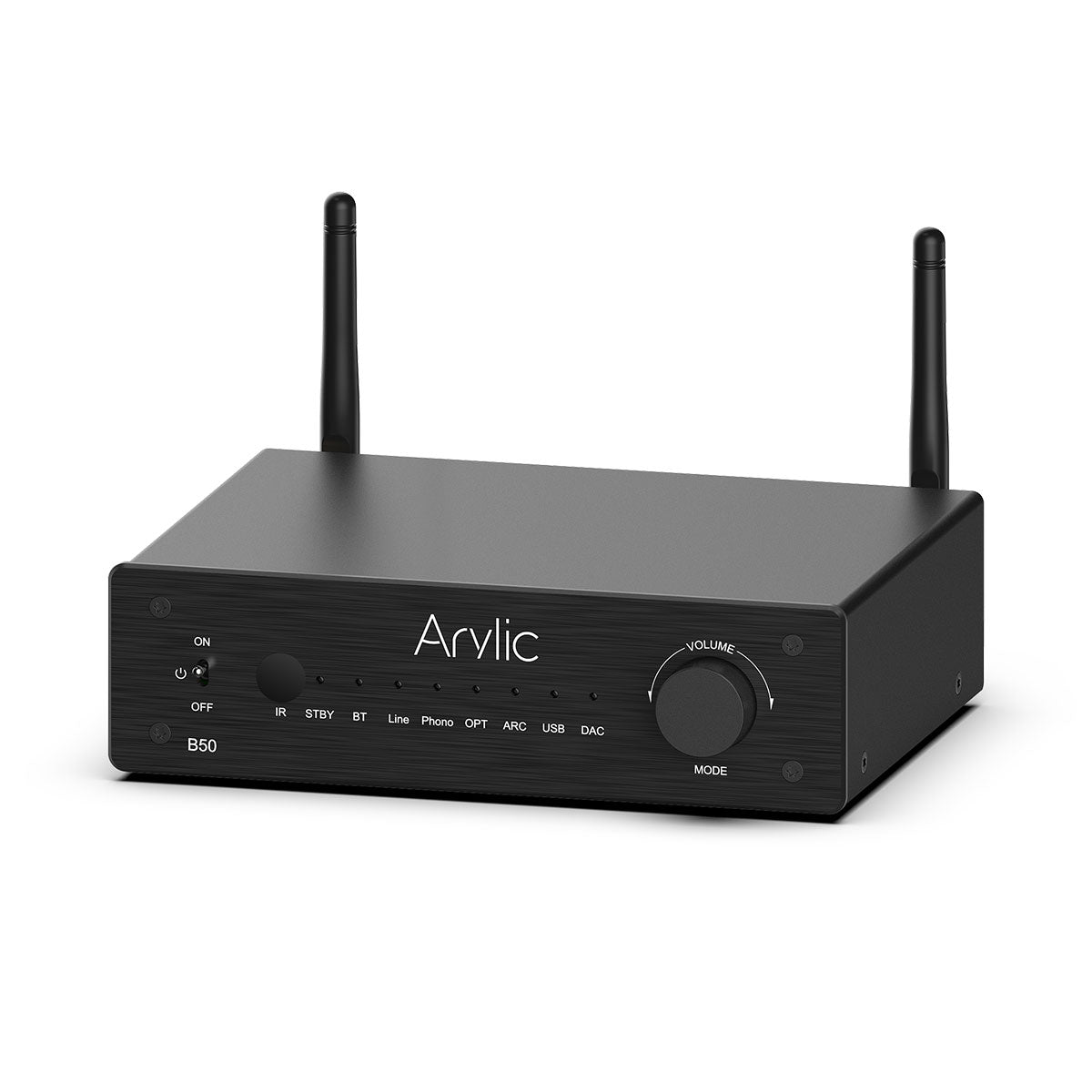
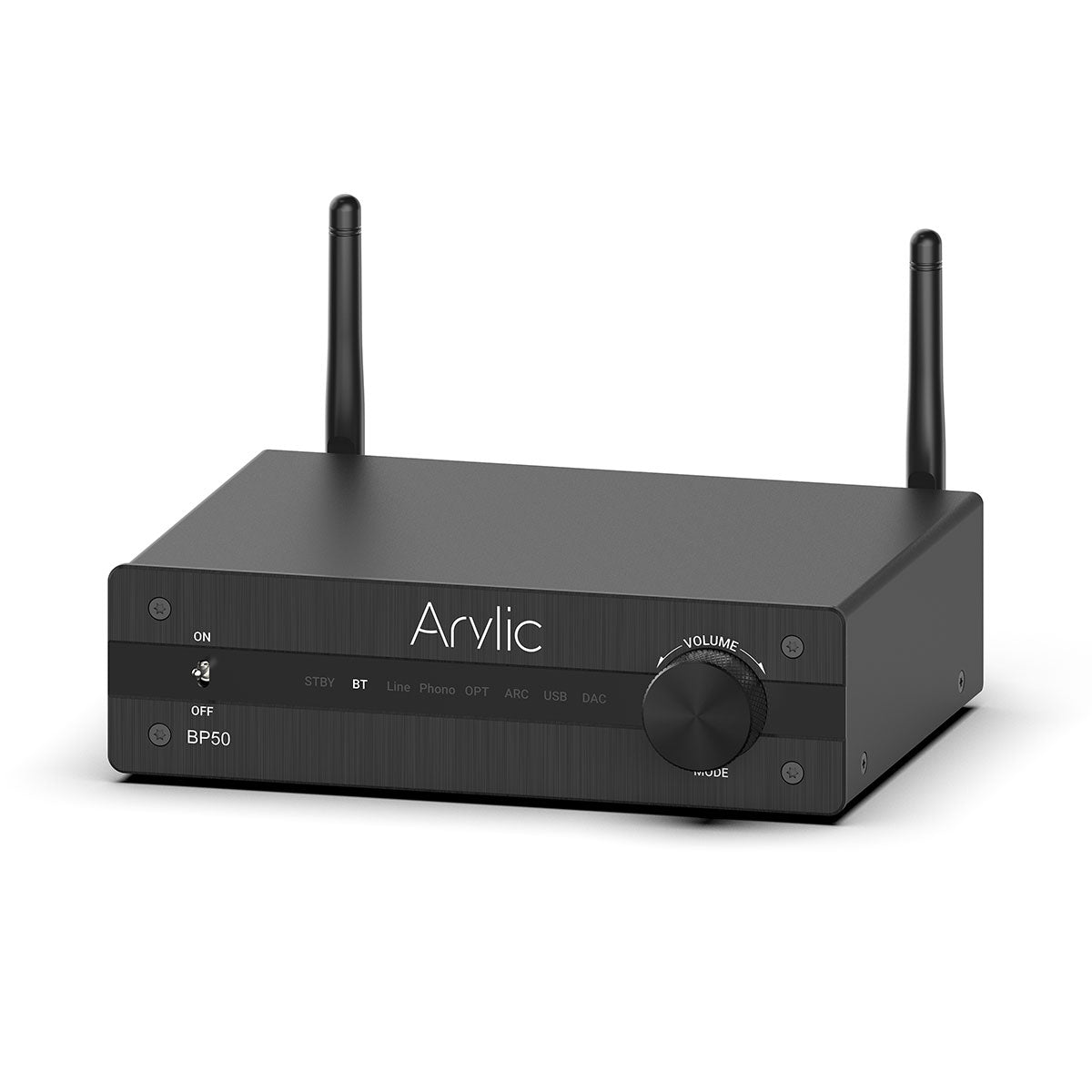
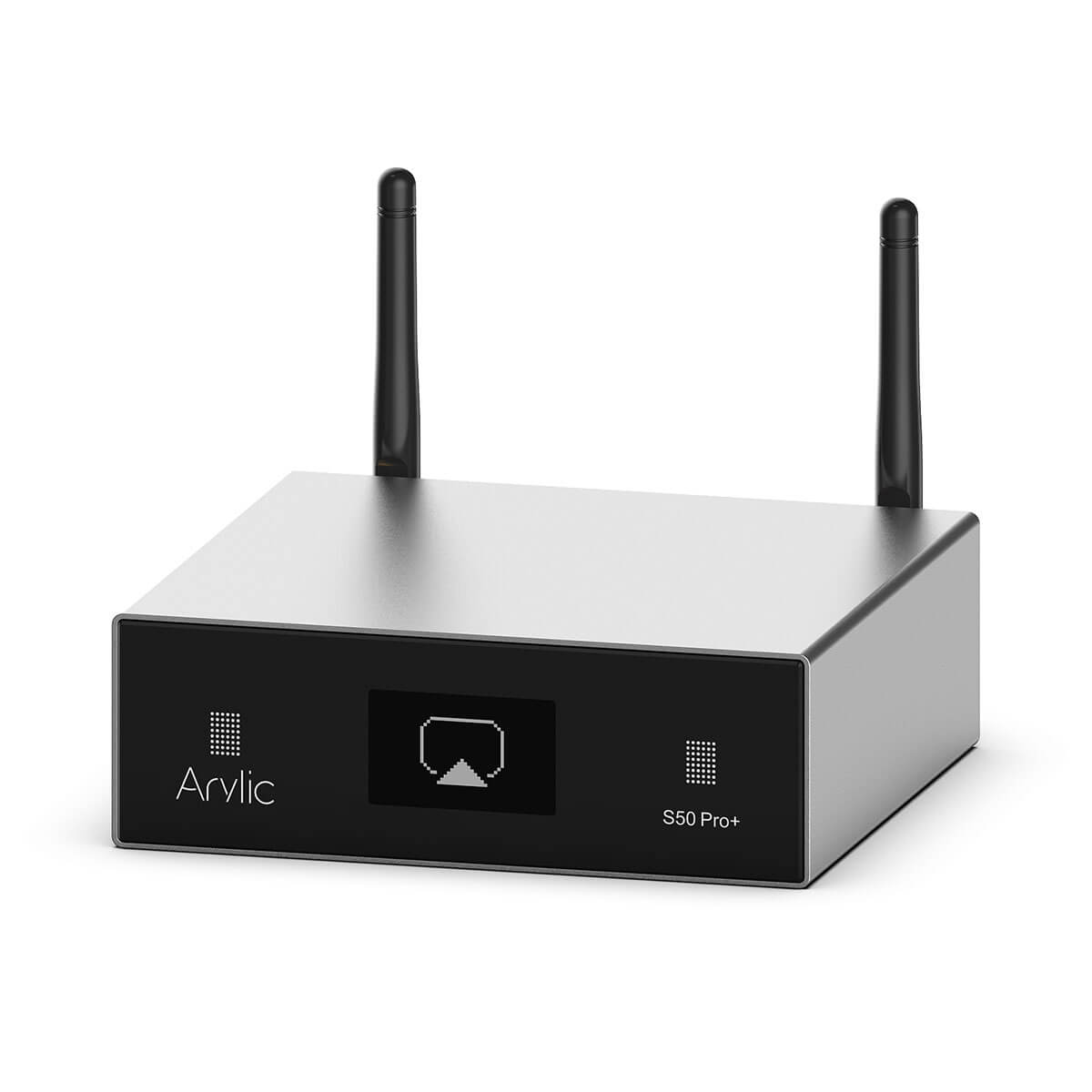


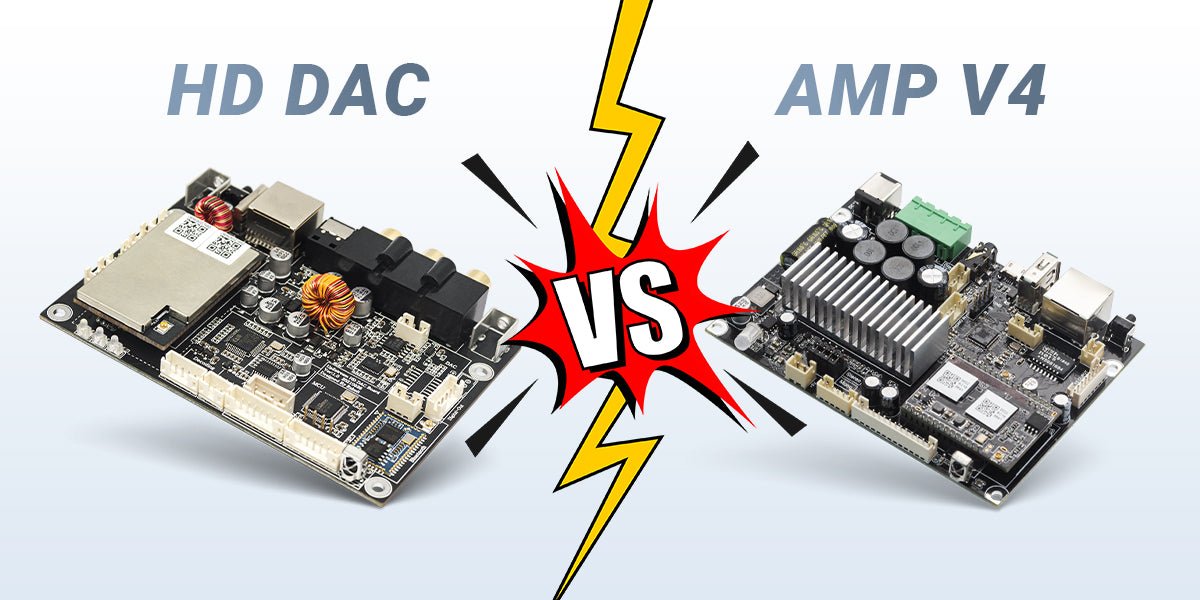
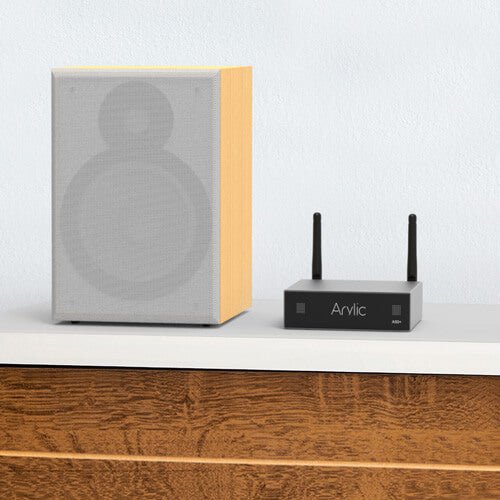
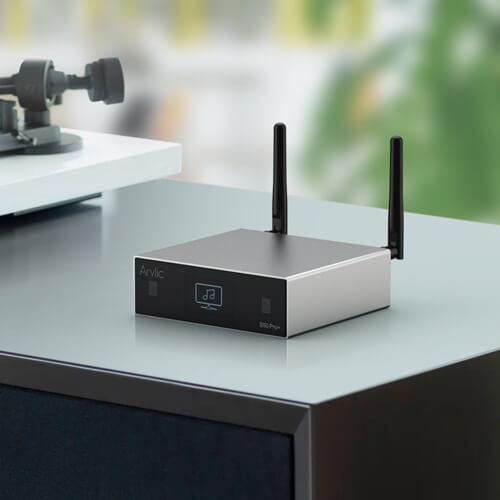
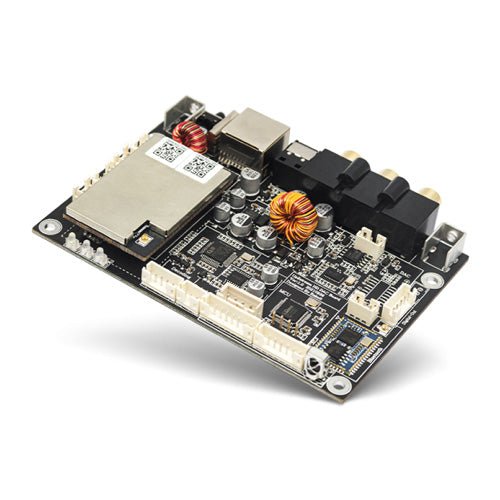
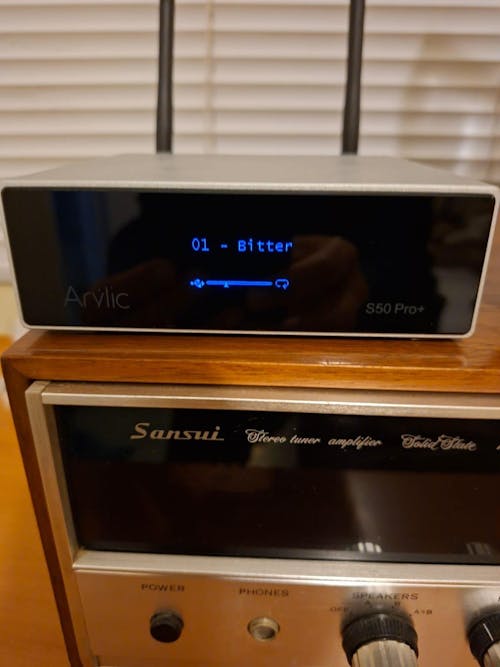

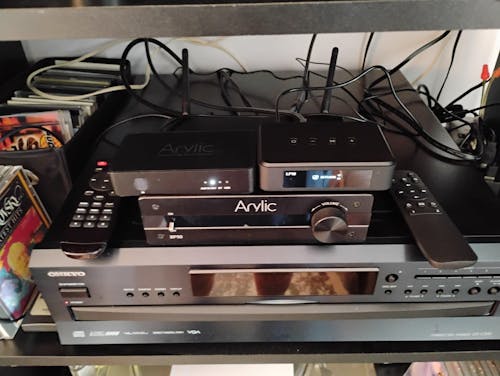






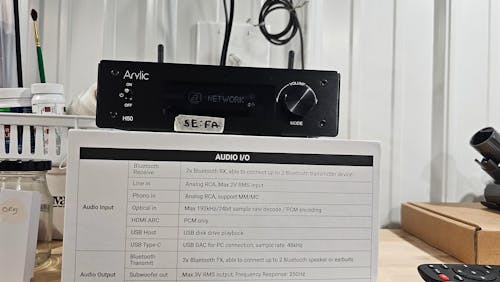
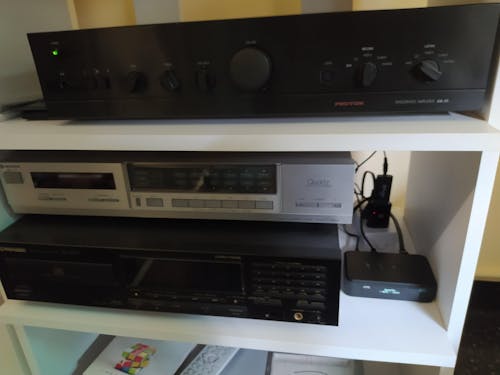
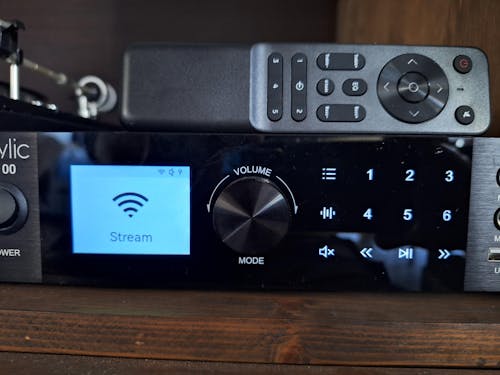
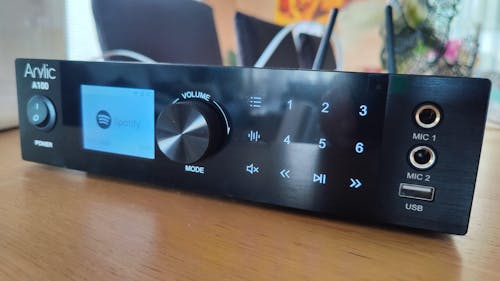

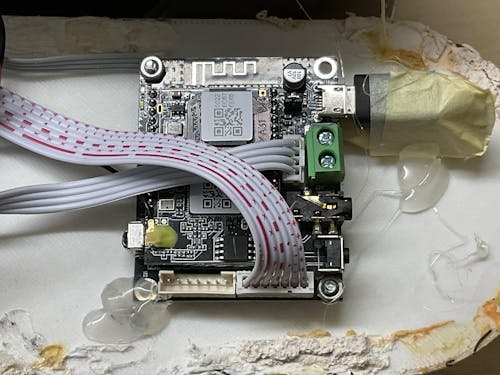
Leave a comment
All comments are moderated before being published.
This site is protected by hCaptcha and the hCaptcha Privacy Policy and Terms of Service apply.